The cost of fashion: the "sweatshop" behind fast fashion, which has always been ignored by us.
"Every piece of clothing is behind a life."
Behind the fast fashion clothing brands that are popular all over the world today are "sweatshops", the British documentary BBC quoted the interviewees as saying.
A professor at the Chinese University of Hong Kong once put forward the concept of "low-end globalization", which means that the raw materials behind a cup of coffee, a piece of clothing and a mobile phone are actually quite cheap.
Those developed countries that master the upstream technology independently complete the relevant design work, but they rely on workers in some underdeveloped areas to grow cotton, process clothes and assemble mobile phones, and then pay these workers extremely low remuneration, and finally sell their products at high prices, thus making a lot of profits.
This seems to be exaggerated, but in fact it is an out-and-out fact.
So, what kind of secret is hidden behind the fast fashion brand?

ZARA, Uniqlo … Since the 21st century, such fast fashion brands can be seen everywhere. They marched into major shopping malls all over the country, attracting the eyes of girls or men, which made them excited.
The reason why these fast fashion brands can last for a long time is that they can constantly innovate and design styles that are more popular and more popular with consumers.
At the same time, its low price is particularly "close to the people" for some college students with low consumption level and young people who go in and out of the workplace. Therefore, based on the above two reasons, fast fashion brands have become the main force in low-end shopping malls and even high-end shopping malls.
But I wonder if readers have ever wondered why these fast fashion brands can win the market with low prices. Is it because other clothing brands have too much premium? Or because of other unknown reasons?
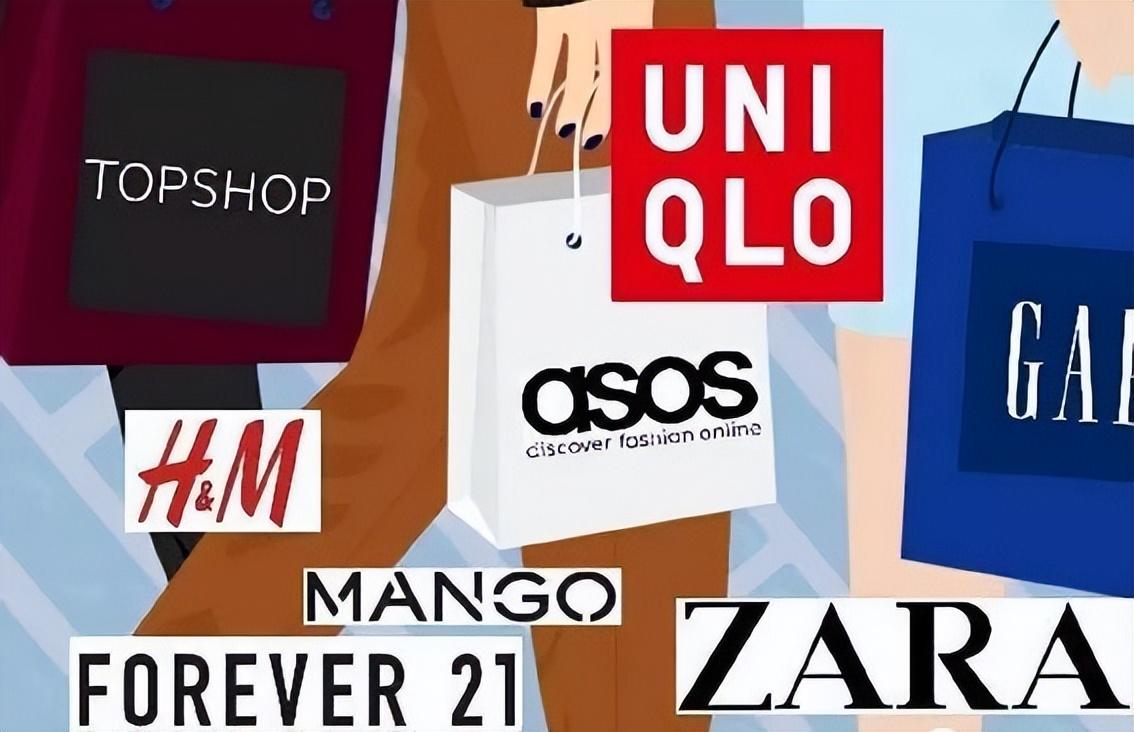
(There are countless fast fashion brands)
Compared with fast fashion brands, some clothing brands are expensive, but the layout they design seems to be no different from other ordinary brands.
Especially in the current street fashion of luxury goods, a white shirt printed with the logo of luxury brands can be priced at several thousand yuan.
Presumably, some readers will also wonder, when the eye-catching logo disappears, how many consumers will the luxury goods with ordinary but expensive design attract?
This is actually directly related to the positioning of luxury goods. The main crowd of fast fashion brands is young people. The consumption level of 90% of young people can’t afford expensive luxury goods, and luxury goods are essentially customized for the rich.

(luxury shopping mall)
The physical store under the luxury line focuses on the noble service experience. Take Beijing as an example, in some high-end shopping malls, luxury stores will get the body size of the guests in advance, and then hire stars who are almost completely commensurate with the body size of the guests to try on the clothes, which saves the guests a lot of trouble. The guests only need to watch the whole process and do not need to try on the clothes in person-this is almost a high-end service with a 100% favorable rate.
In addition to the main quality service, what luxury goods do is to let the rich feel the fact that "I have money".
Therefore, even if it is a dress with a very common design style, its price will not be reduced. At this time, luxury goods are not only a piece of clothing, but also a symbol of consumption power and wealth level.
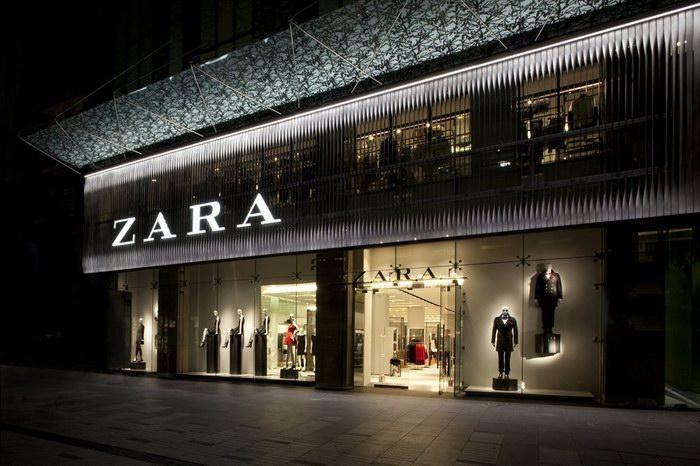
(Fast Fashion Brand)
Of course, there are also some luxury users who have a soft spot for luxury goods. Some fashion designers, after trying on a large number of luxury clothes, said that the clothes of luxury brands have a unique role in body modification, which ordinary brands can’t understand. Whether its words are true or not is only for readers to understand.
In fact, I have said so much to point out that the low pricing of fast fashion brands is actually decided by the merchants themselves, and it has little to do with the competition of other brands-all the competitors of fast fashion brands are other fast fashion brands.
The price of one company has become lower, and the other company has quickly launched preferential activities, which has led to a continuous decline in prices. But with the continuous reduction of the price, won’t it eventually lose money?
However, the prices of these fast fashion brand clothes seem to be beyond the bottom line. There are two 99 yuan and one 59 yuan brands everywhere in the shopping malls.
What is this? How can the price of fast fashion brands be so low? This has to start with the foundry of fast fashion brand clothing production.
Second, the origin of low prices of fast fashion brands
For ordinary people, there are four seasons in 365 days a year. But for fast fashion brands, there are 52 seasons in a year, and the main fashion style has only one week’s shelf life. After a week, your own style may be eliminated by the market.
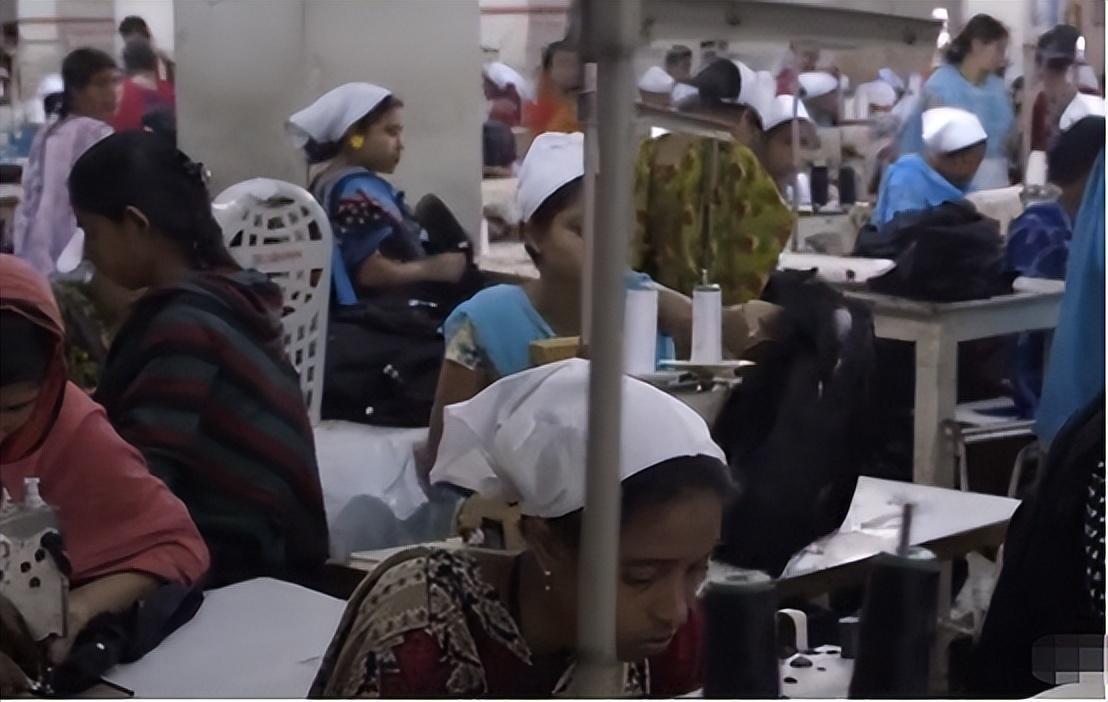
(Female workers in outsourcing factories)
There is also a subtle meaning of this elimination, that is, fast fashion brands will find that other fast fashion brands have also made newer and cheaper clothes after imitating their own styles.
In addition, this week’s shelf life is also related to the design cycle of the fast fashion brand itself. In order to win a place among the fast fashion brands that have sprung up like mushrooms after rain, they must constantly update, and this update cycle is faster than the chip crisis that everyone was afraid of, and the whole process from design to sales is often completed every two weeks. After that, it will take another week to eliminate the latest clothing styles.
How to make your own brand design faster and produce faster has become the pursuit goal of all fast fashion brands.
In the design process, it must be handled by the designer who is in charge of himself, and the time must be relatively generous. If you rush, it may reduce the quality of the design style and thus lose a large number of customer groups.
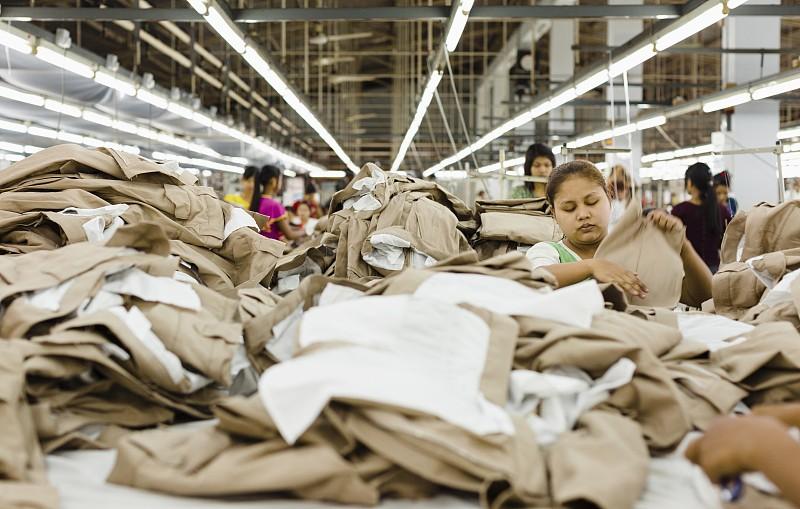
(southeast Asian workers)
In this way, we can only compress the time as much as possible from the production process. For developed countries such as the United States and Japan, there are clear requirements for working hours in China. With the improvement of working intensity and the increase of overtime hours, factories must pay corresponding remuneration, which makes the cost of fast fashion brand production greatly increase, which is obviously not what manufacturers like.
Therefore, many fast fashion brands outsource their production to Southeast Asia in Asia, such as Bangladesh, Vietnam and Cambodia. These countries do not have strict labor protection laws and a relatively well-formed industrial system, and can only rely on external investment to earn foreign exchange. Therefore, the local government is even willing to help foreign enterprises "squeeze" their own workers.
The BBC once filmed a documentary called "The Real Cost" to show people what kind of working environment those squeezed groups are facing.
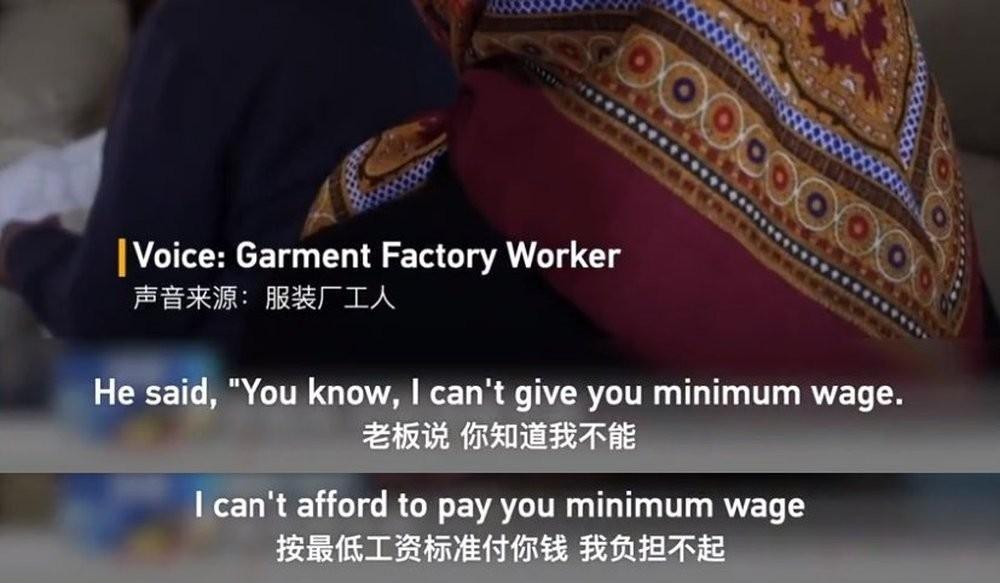
In Cambodia, there are 100 employees in a room of only 100 square meters. Everyone has a small space, and all food and drink must be solved in the seat. When overtime is the worst, you have to work for 12 hours a day.
What kind of 18 hours is this?
The factory is full of flying cotton wool, and the roar of machines is endless. All kinds of waste gas have been wandering in the factory without any filtration. They are not living, but living.
These workers have hardly learned any knowledge, only some experience in garment processing. They have become the cheapest labor products, repeating simple jobs day after day without any promotion.
In addition to this meaningless work, the safety environment of the factory is actually worrying.

In April 2013, a factory in Bangladesh suddenly collapsed. This factory is the outsourcing manufacturer responsible for the processing and production of fast fashion brands such as the United States, Spain and Denmark. A total of 4,000 people were killed or injured in this accident, which is shocking.
After the accident, the children of garment processing workers were crying on the ruins. Most of them lost their two most beloved relatives at once. No one knows how long they can last.
Just two months later, an accident happened at another outsourced garment factory in Cambodia, and hundreds of people were killed in the fire.
Even if they work overtime every day, the living environment is so bad every day, but the salaries of these workers are outrageous.
Let’s make a simple comparison: in the United States, a short skirt of a fast fashion brand is about $8, while the Cambodian worker who is responsible for processing and producing this short skirt may only earn $20 a month. No commission, no bonus, only dry dead wages.

In fact, in Cambodia, the minimum wage per month is around $60.
In the documentary, Cambodian workers held protests again and again, but they were all violently suppressed by the police, and their rights protection repeatedly failed.
After a period of protests, Cambodian workers quickly returned to their posts obediently.
Because they found that if they don’t do it themselves, there are more people who are willing to accept the job with a salary of only $20-countless people are willing to do this job.
Ironically, in 2013, various accidents occurred frequently in the history of clothing, but it was also a year full of fast fashion brands-the net profit of one year reached 3 trillion US dollars.
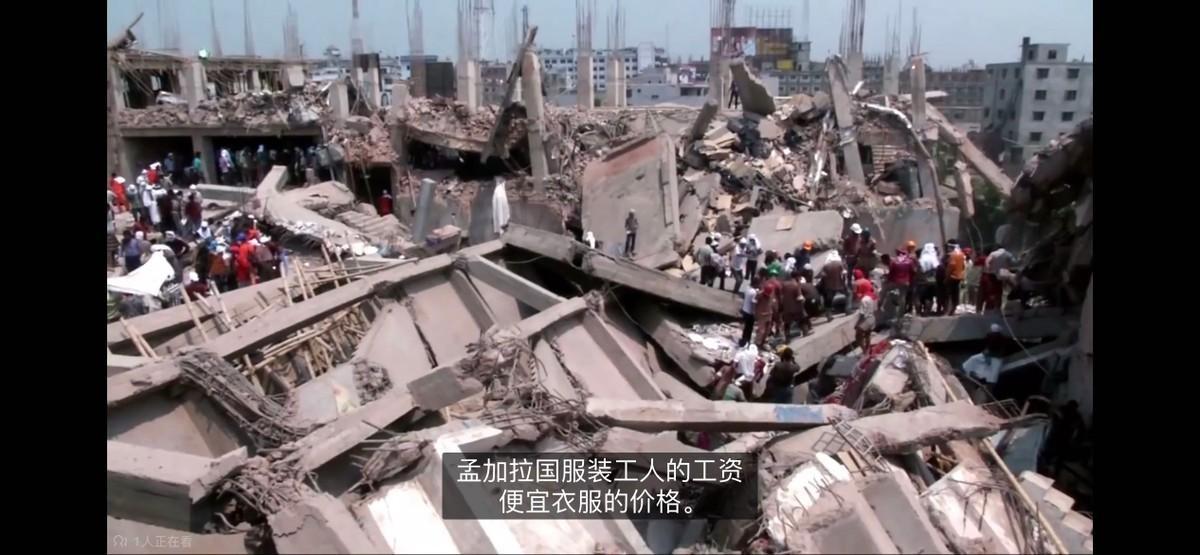
Until today, the status quo in Cambodia, Bangladesh and other places has not changed. Behind every piece of clothing are workers who bow their heads for life.
Therefore, there is no such thing as a low clothing price. Fast fashion brands can dare to mark the price so low because they are confident that the workers in the foundry must live on this job.
The price behind the seemingly low clothing price has long been marked: workers are on the one hand, and the environment is also on the other.
Because fast fashion brands rely on the word "fast", all kinds of raw materials are continuously transported into processing plants, and some discarded materials are discarded at will.
Among all countries in the world, India is one of the countries that undertake the most garment processing and manufacturing. In order to meet the production needs of some first-line sports brands and fast fashion brands, the Indian government has taken the initiative to plant a large number of genetically modified cotton in its own country.
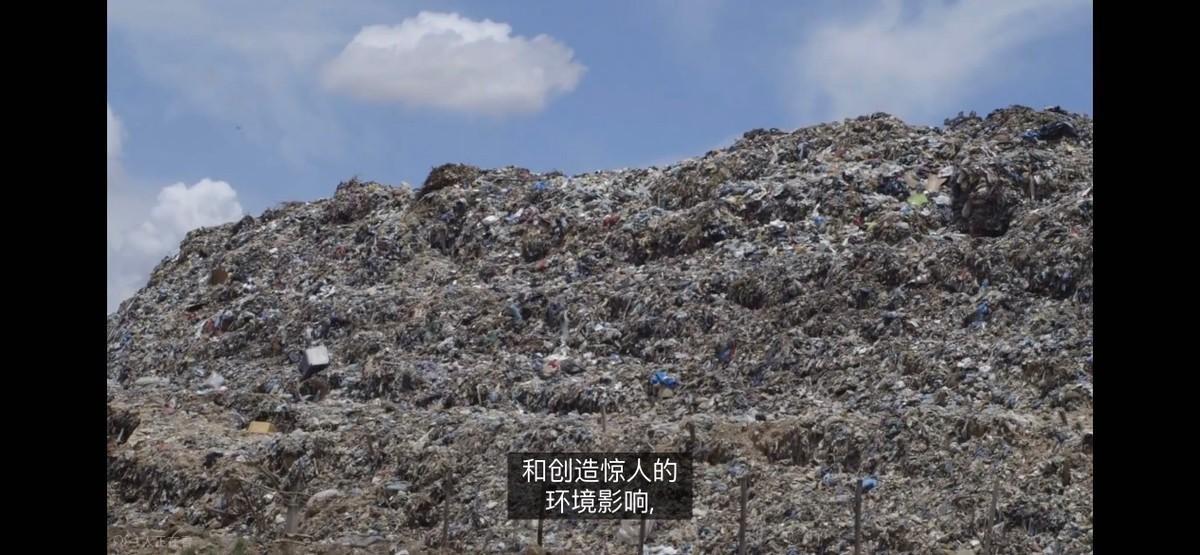
But this kind of cotton is genetically modified, which means that they have no seeds. Every time they are planted, farmers must re-select seeds and buy pesticides again, otherwise the good land will be abandoned.
As a result, the cost of planting cotton is rising every time, because each kind of cotton needs more fertilizer once.
In the end, the cost of planting even far exceeds the income of harvest. What else can farmers rely on to make a living?
The most famous event is that in the past few years, hundreds of thousands of migrant workers in India committed suicide because of land problems. The murderer behind it, one is the Indian government, and the other is the fast fashion brands in various countries.
However, the harm is far more than that.

As a result of spraying a lot of pesticides, the fields in rural India are full of all kinds of stench, and the drainage ditches are also mixed with all kinds of residual pesticides. Every day, tens of thousands of tons of toxic wastewater flows into the domestic water of the city, killing people.
Some Indians suffer from strange skin diseases because of drinking poisonous river water, and some even have symptoms of hemiplegia. Toxic waste water is harmful to people.
In addition to these manufacturers who are responsible for clothing outsourcing, some countries that buy fast fashion consumer brands on a large scale are also facing various cloth pollution problems.
In the United States, 120 million tons of cloth waste will not be properly treated every year, and it will take at least 200 years for these wastes to degrade naturally.
So, how to deal with this rubbish? Americans choose to discard them in Southeast Asia and reprocess them in developing China countries. In the not-too-distant past, China was once the largest import market for "foreign garbage" in the world.
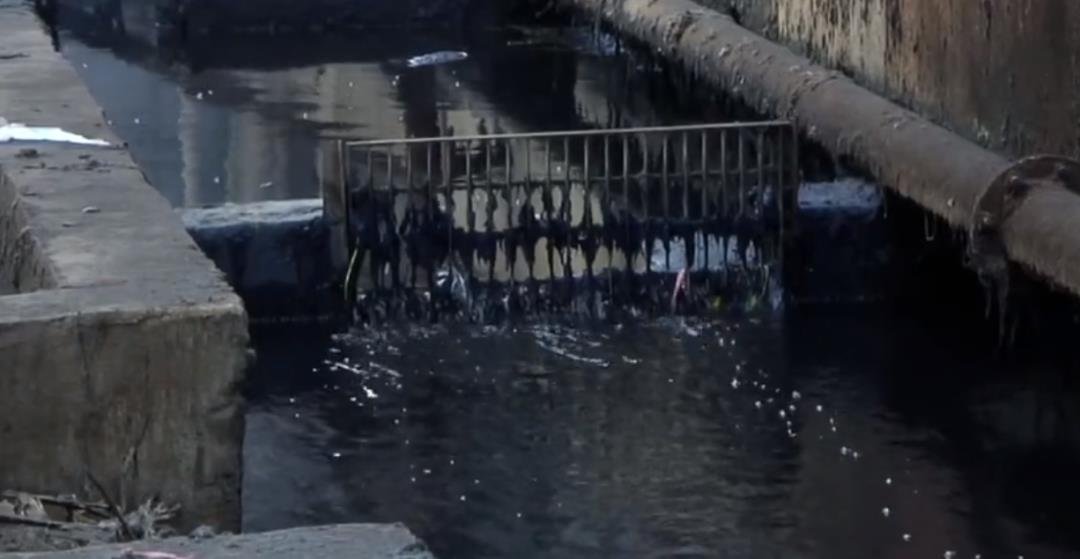
But for those countries where the industrial system has not been completely built, it is a big problem to deal with garbage.
Garbage transportation, garbage classification, garbage landfill treatment … Every link must have enough money to support and enough technology to guarantee.
Those Southeast Asian countries that blindly accept the garbage produced by European and American countries have gradually realized that "foreign garbage" is a bottomless pit, and all kinds of garbage are continuously transported, but the total amount of global garbage has not decreased at all-the more garbage those countries in Southeast Asia handle, the more garbage produced by European and American countries, and there is no end in sight.
In fact, the definition of fast fashion is not limited to the clothing industry, but the influence of the clothing industry is too great for people to pay attention to. Like coffee industry, IT industry and aquaculture, there are more or less behaviors of squeezing the bottom workers.
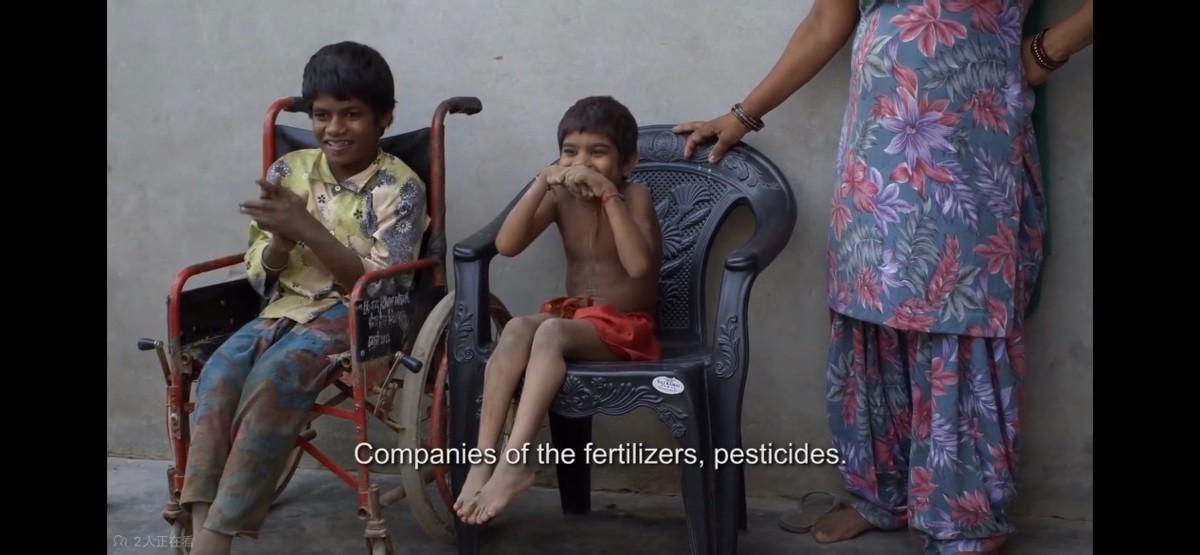
In the spring of 2022, Starbucks, an internationally renowned coffee giant, substantially raised the prices of its products. In addition to young people in the city, farmers who grow coffee beans in Yunnan also paid special attention to this news.
According to common sense, the price increase of products is often the price increase of raw materials. But in fact, farmers in Yunnan will not earn a penny more, or even benefit from it.
Yunnan’s coffee production accounts for almost 100% of China’s total coffee production, and spring is the time when coffee plantations are in full swing. Starbucks announced the price increase at this time, but all the farmers still can’t make money.
Starbucks sells a cup of coffee for 40 yuan, and farmers can only earn 20 cents. Some foreign coffee merchants bought coffee beans from Yunnan at a low price, then transported them abroad for deep processing, and finally resold them to China consumers at a high price-realizing the goal of eating them all, and ultimately, not only coffee farmers, but also young people in the city were damaged.
Farmers in Yunnan, like the bottom-level laborers in Southeast Asian countries, seem to be in the trend of rapid growth of fast fashion brands, but in fact they can only be reduced to the bottom part, earning the meager profits and making the hardest efforts.
Jiang Shiying, Li Suicheng. Green supply chain game model and revenue sharing contract considering product greenness [J]. China Management Science, 2015,23(6):169-176.
He Yong, Qian Tingting, Liao Nuo. Decision analysis of emission reduction of green supply chain led by brand under outsourcing situation [J]. Industrial Engineering, 2022,25(1):37-44+143.
He Ju, Zhou Yongsheng, Zhou Linyun. Research on the Optimal Ordering Pricing of Fast Fashion Brand Retailers under the New Retail Background [J]. Industrial Engineering, 2021,24(1):132-139.
Xinhua News Agency. Fast fashion may aggravate global warming [N].2019.
Chengdu Business Daily. Behind the "Buy in buy buy" carnival, "Fast Fashion" made the global "clothing waste" a disaster [N].2021.